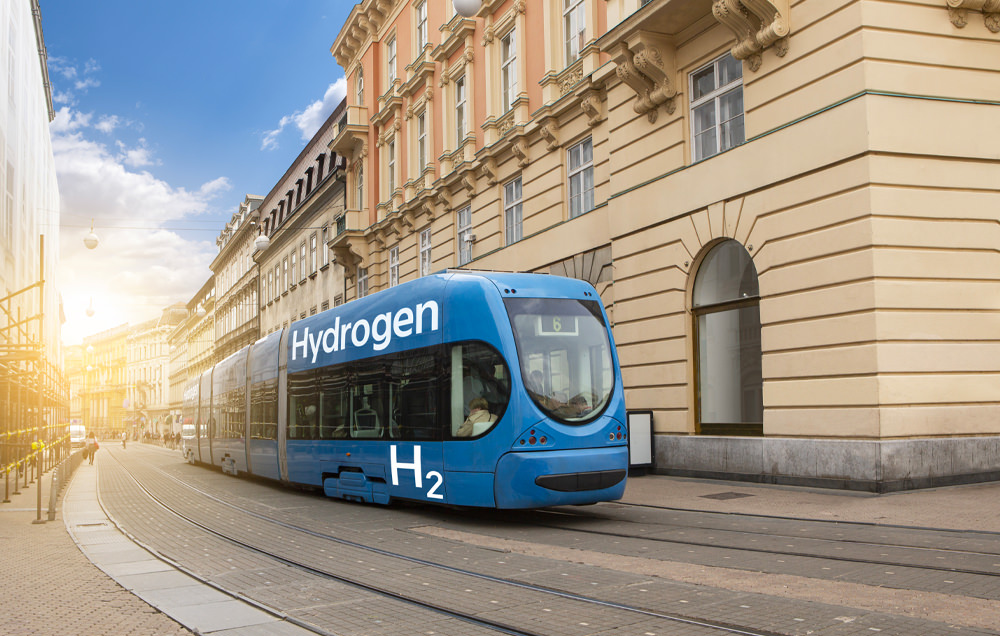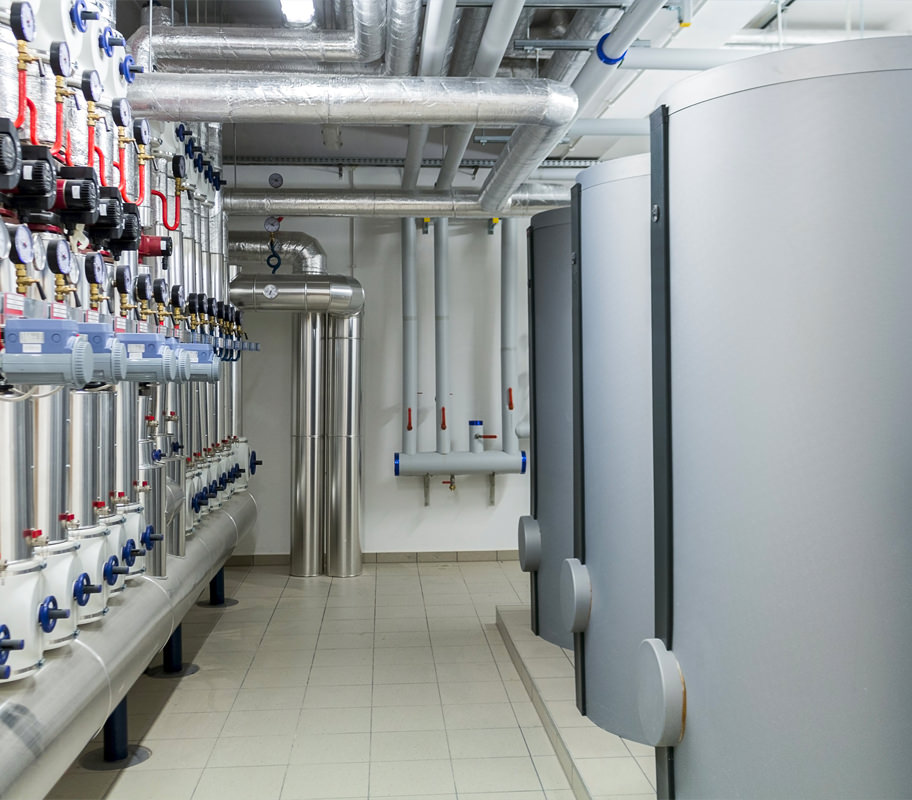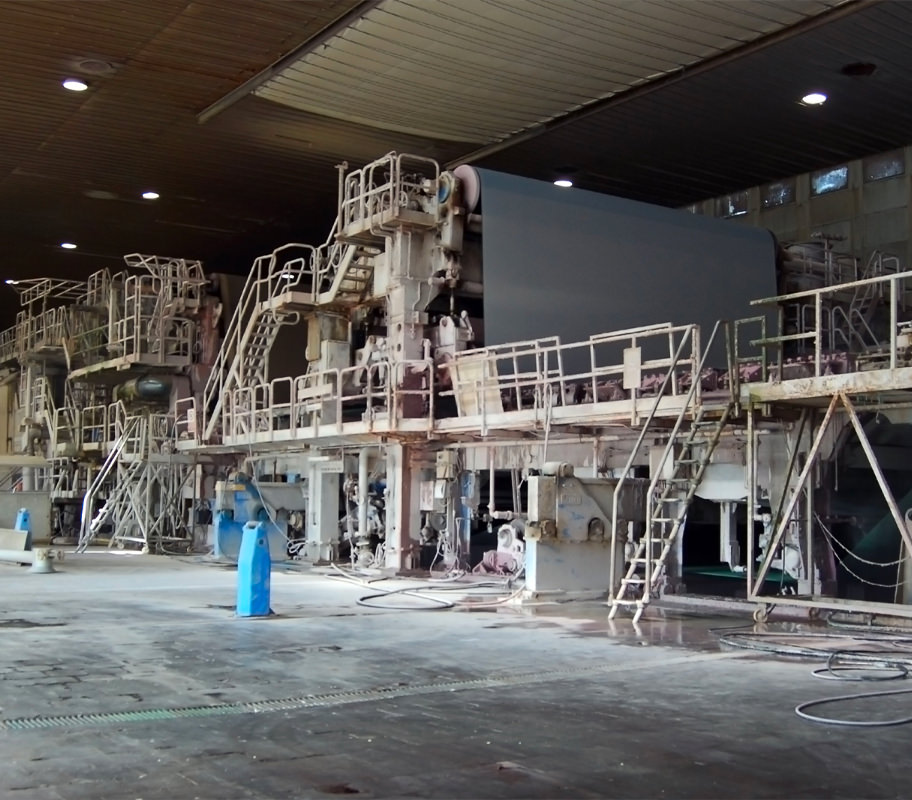TECHNOLOGIES USED FOR THE CONSUMPTION AND USE OF HYDROGEN?
There are currently three main methods of using hydrogen as a renewable energy source:
Hydrogen fuel cell technology is the basis for the application of hydrogen technology in the field of mobility. Fuel cells can be used as an alternative to a combustion engine in forklifts, trucks, buses and trains and, increasingly, in cars, boats and aviation.
Burning hydrogen to produce energy is a suitable system for fixed installations and is already used for homes, condominiums and commercial properties in various countries around the world.
Hydrogen can be used as a feedstock for a variety of industrial activities, for example as a base material in the chemical and pharmaceutical industries. It can also be burned to produce heat in production cycles that require very high temperatures, such as in steel mills.
WHAT ARE THE MAJOR CHALLENGES TO ADDRESS IN THE USE AND CONSUMPTION OF HYDROGEN?
HYDROGEN IS EXPECTED TO PLAY AN IMPORTANT ROLE IN THE REVOLUTION OF RENEWABLE ENERGIES. HOWEVER, BEFORE THE USE OF HYDROGEN BECOMES MORE COMMON, SEVERAL KEY CHALLENGES RELATED TO THE CONSUMPTION MUST BE ADDRESSED.
When used in a fuel cell, hydrogen produces electricity on board cars, forklifts, trucks, trains and even planes and can be distributed through hydrogen filling stations. However, there are some challenges to be addressed:
- The hydrogen storage systems inside the vehicle requires different technical solutions with respect to traditional fuels.
- There are several material compatibility issues for light vehicle components which must be wholly ascertained and solved.
- In the European Union, the installation of an electrolyzer - for the local production of hydrogen or for a hydrogen refuelling station - requires the completion of a specific authorization process.
- The design of hydrogen refuelling stations is currently being developed locally without widely and globally applied standards.




Hydrogen can be used to produce electricity and heat homes and business premises, thank, in part, to the fact that with some modifications, hydrogen can be used in the existing natural gas infrastructures already in place. However, here too there are some challenges to be aware of:
- Existing burners must be modified to be made compatible with hydrogen.
- Local hydrogen plants must guarantee adequate safety standards and differentiate the distribution between natural gas and hydrogen.
- Hydrogen is colourless and odourless, so it is impossible for humans to perceive a gas leak.
- Heating buildings with hydrogen fuel cells is currently underway in Japan and South Korea. The transfer from these markets to others, and consequently their compliance with different regulations, will require major technical changes.




Hydrogen is widely used in various industries such as metal processing, glass manufacturing and the electronics industry. The obstacles to be faced in this sector are:
- The complexity of integrating new hydrogen systems, such as electrolysis plants, into existing industrial applications.
- The competences necessary for technical risk assessments needs to be developed and improved, as this is a new and unfamiliar activity for many companies.
- Manufacturers, EPC companies and operators within individual projects often start from different know-how and sometimes follow different goals and time frames.
- Innovative developments, such as the use of hydrogen in steelmaking, are still in the early stages of application and need to be standardized in order to reach a more widespread use.




